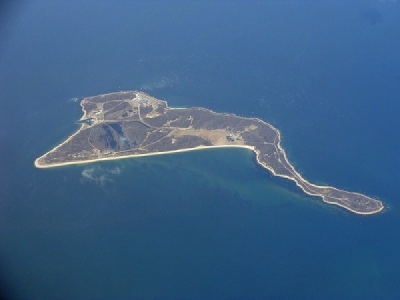
Posted on January 31, 2018
By Jennifer Solis, Newburyport News
Finding solutions for short- and long-term erosion at vulnerable sites along Plum Island’s shoreline is the ultimate goal of a study funded through a federal and local partnership.
Selectmen recently decided to enter into a contract with the U.S. Army Corps of Engineers to share costs for the hurricane and storm damage protection feasibility study for Plum Island’s south beach.
“Coastal storm damage and erosion have adversely affected the existing structures and properties that are present,” the contract states.
The plan is to research and develop “a coordinated and implementable solution to reduce hurricane and coastal storm damage to residential and commercial properties, infrastructure, and sections along an approximate 2,500 linear foot stretch of shoreline south of the Plum Island Turnpike.”
The end result would be a detailed project report to guide future work by the Army Corps.
The estimated cost of the study is $388,000. After the first $100,000 spent by the federal government, the project cost would be split 50-50, putting the Army Corps’ projected contribution at $294,000, with the town kicking in $194,000.
In-kind contributions are an acceptable form of payment from the town. The project’s final design — both plans and specifications — and construction costs are shared at a ratio of 65 percent for the federal government to 35 percent for the town.
The contract stipulates that the government provide the town with a written estimate no later than Aug. 1 prior to each subsequent fiscal year, detailing the funding required for the study during the following year. The town is required to meet its cost share no later than Sept. 1 prior to that fiscal year.
If the federal government determines more money is needed from the town, it must provide written notice and the town would then have 60 days to cover the extra cost.
Either party can terminate the contract without penalty with 30 days written notice. Any delinquent payments must be honored.
Members of the study team are expected to attend team meetings and meet individual task deadlines to keep on track with the milestone schedule, which anticipates a draft report completed in 11 months with a public review in 16 months, and final report and project approval in 18 months.
Team members are Kirk Bargerhuff, project manager; biologist Grace Moses; Marc Paiva, archaeologist/cultural; economist Mike Berner; Paul Morelli, GIS; Lisa Winter, coastal engineer; George Clafin and Doug Fransioli, geotechnical engineers; Paul Young, geologist; Brendan Sprague, civil engineer; Jere Masey, cost engineer; and Jeff Teller, real estate.
Located in Newburyport, Newbury, Rowley and Ipswich, a majority of Plum Island is encompassed by the Parker River, leaving it primarily undeveloped. But 300 acres of the northern-most section is a densely populated coastal community, with houses and businesses in both Newbury and Newburyport.
The barrier island, which stretches approximately eight miles, has a long history of structural damage sustained from coastal storms through direct-wave impact as well as short-term erosion caused by direct northeastern exposure to the Atlantic Ocean.
In the long term, the rate of erosion is estimated at 3.2 feet per year over the 40-year period from 1978 to 2008, according to the Army Corps. Several homes were destroyed by a nor’easter in March 2013. In addition, significant reduction in beach frontage has occurred, a preliminary report from the federal agency states.
Residents living there have employed varying degrees of engineering to install a range of shore protection measures “from riprap stone slope protection, sand nourishment, sand fencing, establishing dune grass, etc.” However, the overall effectiveness of these individual efforts is inconclusive “and, in some cases, may exacerbate the erosion conditions,” the Corps of Engineers notes.
The preliminary investigation identified two possible alternatives to explore in the study: A berm and dune alternative; and a berm-only alternative.
“It is expected that at least one additional reasonable alternative will be identified during the feasibility study,” the Corps of Engineers stated.
Source: Newburyport News





